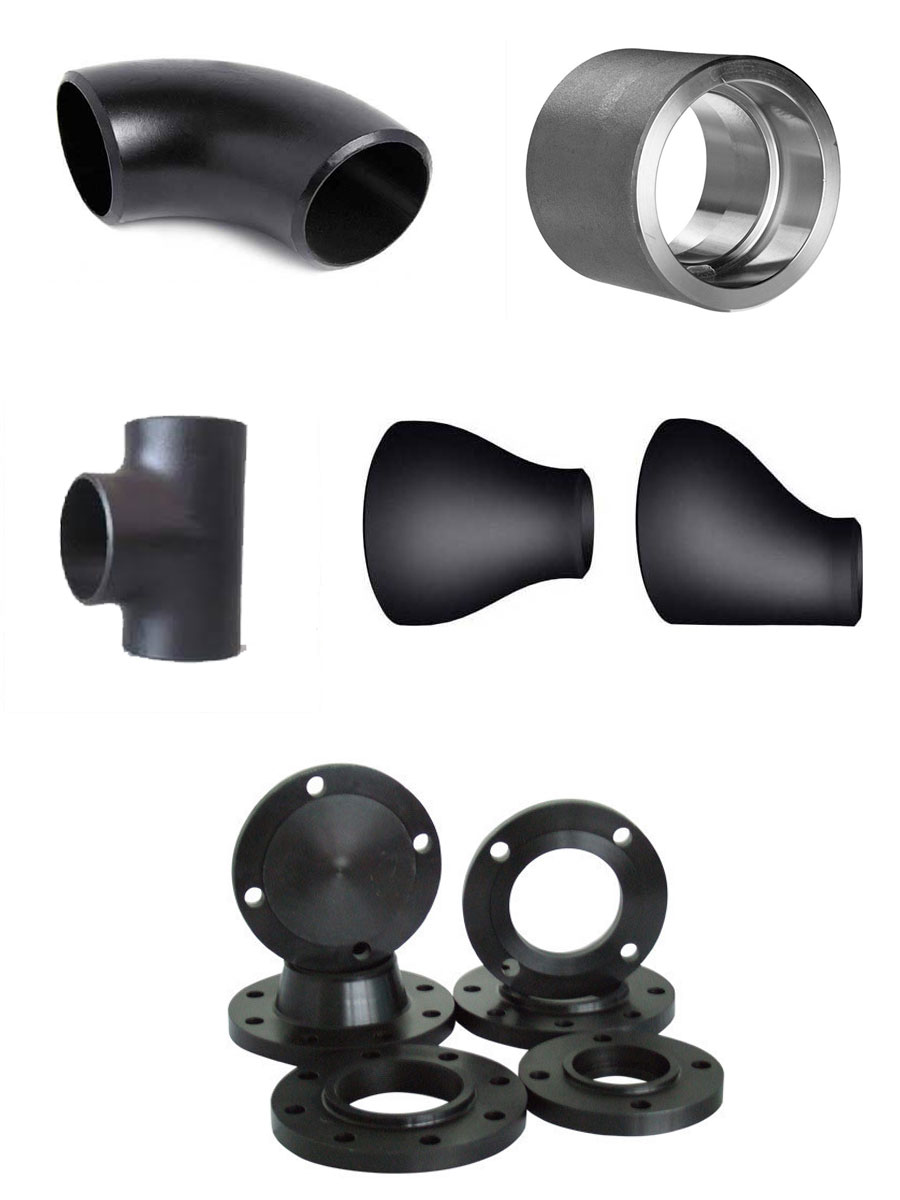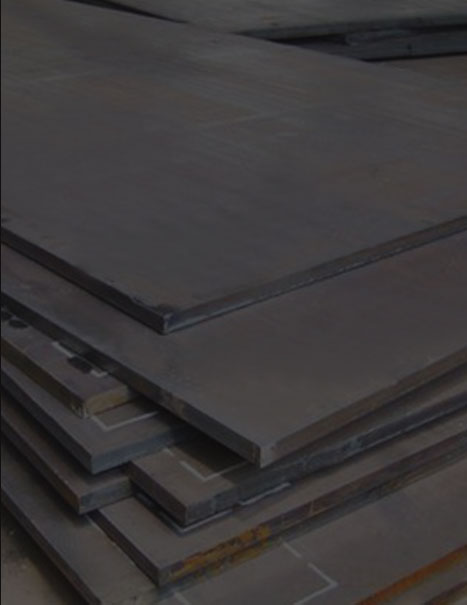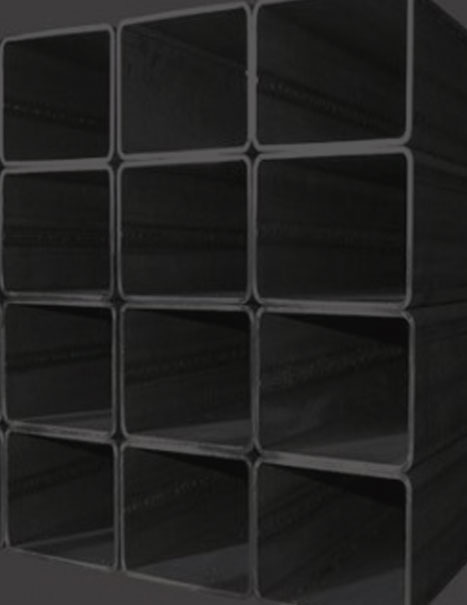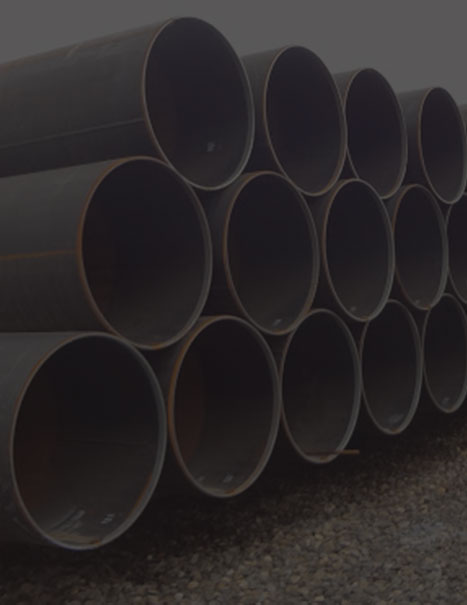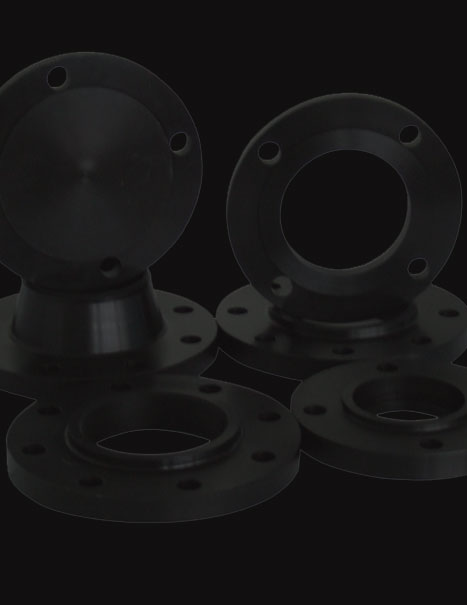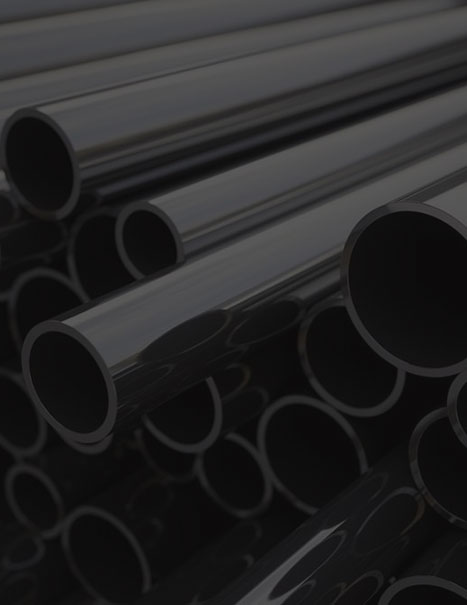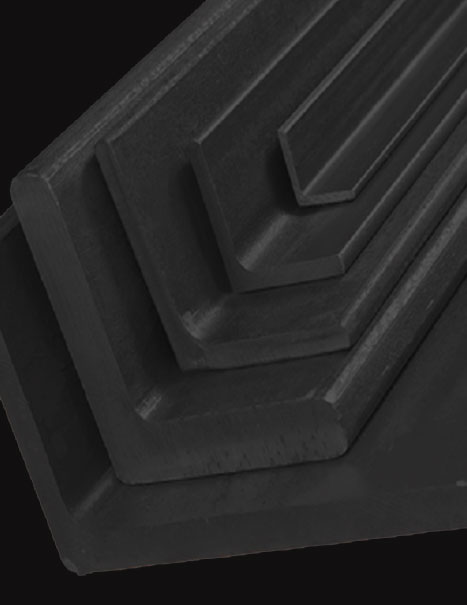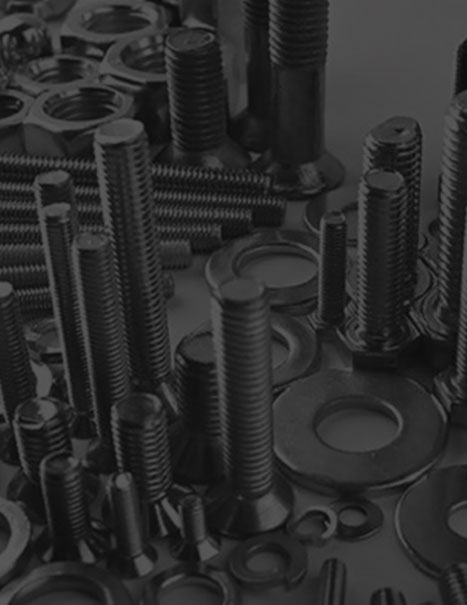Pipe Fittings
Pipe Fittings are used in pipe plumbing systems to connect straight pipe or tubing sections, to adapt to different sizes or shapes, and for other purposes, such as regulating or measuring fluid flow. Piping or tubing are usually (but not always) inserted into fittings to make connections. To avoid confusion, connections are conventionally assigned a gender of male or female, respectively abbreviated as “M” or “F”. An example of this is a “3/4 inch female adapter NPT,” which would have a corresponding male connection of the same size and thread standard (in this case, NPT).
While there are hundreds of specialized fittings manufactured, some common types of fittings are used widely in piping and plumbing systems.
Elbow
An elbow is a pipe fitting installed between two lengths of pipe or tubing to allow a change of direction, usually a 90° or 45° angle, though 22.5° elbows are also made. The ends may be machined for butt welding, threaded (usually female), or socketed, etc. When the two ends differ in size, the fitting is called a reducing elbow or reducer elbow.
Coupling
A coupling connects two pipes to each other. If the size of the pipe is not the same, the fitting may be called a reducing coupling or reducer, or an adapter. By convention, the term “expander” is not generally used for a coupler that increases pipe size; instead the term “reducer” is used.
Reducer
A reducer allows for a change in pipe size to meet hydraulic flow requirements of the system, or to adapt to existing piping of a different size. Reducers are usually concentric but eccentric reducers are used when required to maintain the same top- or bottom-of-pipe level.
Tee
A tee is the most common pipe fitting. It is available with all female thread sockets, all solvent weld sockets, or with opposed solvent weld sockets and a side outlet with female threads. It is used to either combine or split a fluid flow. It is a type of pipe fitting which is T-shaped having two outlets, at 90° to the connection to the main line. It is a short piece of pipe with a lateral outlet. A tee is used for connecting pipes of different diameters or for changing the direction of pipe runs.
Flange
Flanges are generally used when there is a connection to valves, in-line instruments and/or connection to equipment nozzles is required. Flange fittings generally involve pressing two surfaces to be joined tightly together, by means of threaded bolts, wedges, clamps, or other means of applying high compressive forces.
Flanges are designed to the following pressure ratings: 150 lbs, 300 lbs, 400 lbs, 600 lbs, 900 lbs,1500 lbs and 2500 lbs or 10Bar, 15Bar, 25Bar, 40Bar, 64Bar, 100Bar and 150Bar. Various types of flanges are available depending upon the type of their constructional features.
Frequently Asked Questions on Pipe Fittings and Flanges
What types of pipe fittings and flanges does Megalos Ferro Inc. offer?
Megalos Ferro Inc. provides a wide range of pipe fittings and flanges, including but not limited to elbows, tees, reducers, couplings, and flanges in various materials such as stainless steel, carbon steel, and alloy steel. These products are designed to meet industrial standards for durability and performance.
Are Megalos Ferro Inc.'s pipe fittings and flanges suitable for high-pressure applications?
Yes, Megalos Ferro Inc. offers pipe fittings and flanges that are engineered to withstand high-pressure and high-temperature environments. Their products comply with international standards, ensuring reliability and safety in demanding industrial applications.
Does Megalos Ferro Inc. provide customization for pipe fittings and flanges?
Megalos Ferro Inc. can accommodate custom requirements for pipe fittings and flanges based on specific project needs. Customers are encouraged to contact their team to discuss customization options, including size, material, and specifications.
Where can I purchase Megalos Ferro Inc.'s pipe fittings and flanges in the Philippines?
You can purchase their products directly through their office in Davao or by contacting their sales team via the contact details provided on their website. They also offer nationwide delivery services for convenience.
What industries does Megalos Ferro Inc. serve with their pipe fittings and flanges?
Megalos Ferro Inc. caters to a variety of industries, including oil and gas, petrochemical, power generation, water treatment, and construction. Their products are designed to meet the rigorous demands of these sectors.
